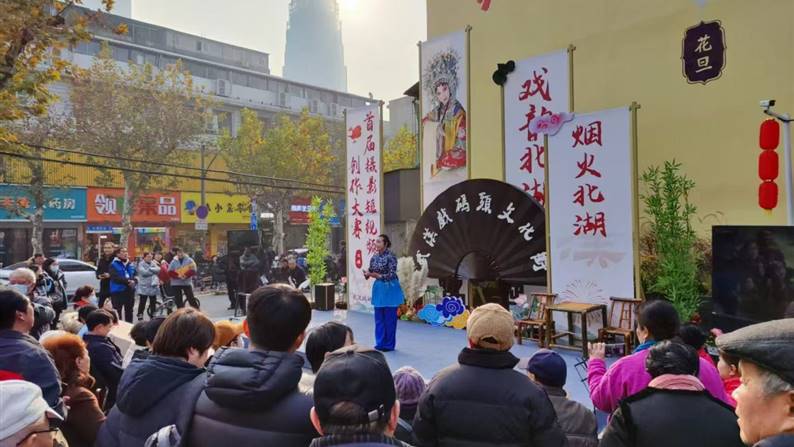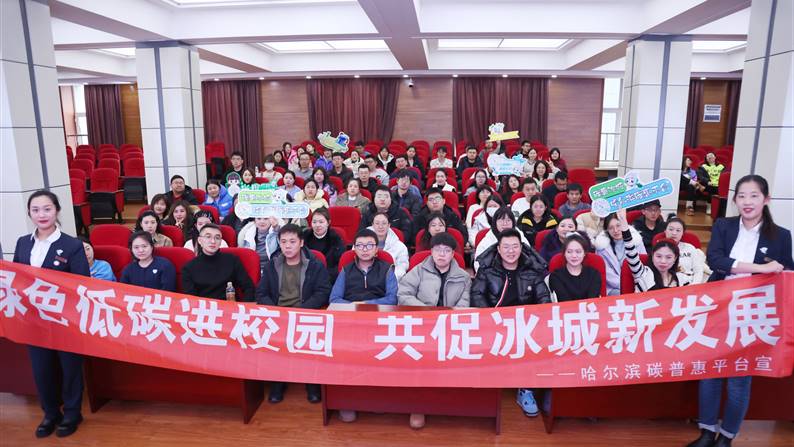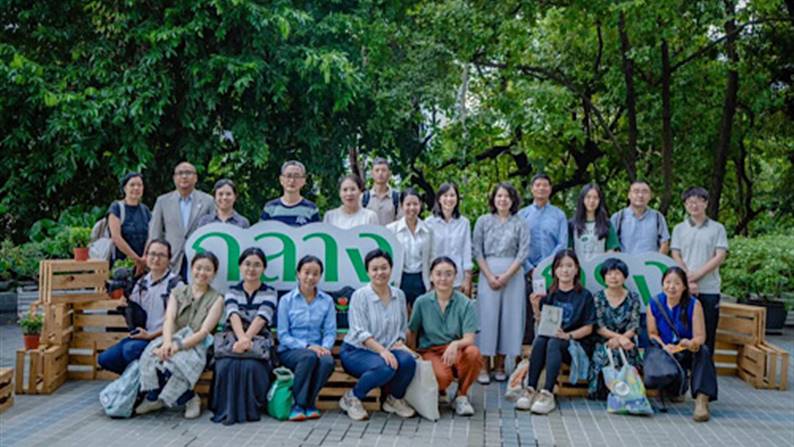

On June 22, 2021, Baidu officially announced the goal of achieving carbon neutrality at the group's operational level in 2030. In this process, Baidu takes 2020 as the base year and plans to, on the basis of existing green practices, refer to the first and second types of the "Greenhouse Gas Accounting System", in six aspects in data centers, office buildings, carbon offset, intelligent transportation, Intelligent cloud, supply chain to comprehensively build a scientific realization path for the 2030 carbon neutrality goal.
Path 1: Create a green data center
Self-built data center: through data center technology innovation, continuous iteration of combination of software and hardware, and fusion application of artificial intelligence, the energy consumption per unit of computing power is continuously reduced on the basis of 2020 annual PUE1.14. At the same time, the energy consumption structure of data centers will be optimized. Newly built data centers will preferentially choose areas rich in renewable energy, and the proportion of renewable energy usage will increase year by year.
Leased data centers: Reduce the PUE of leased data centers by exporting technologies or transferring computing power to reduce the total carbon emission.
Path 2: Build smart office buildings
Through the use of advanced technology and management methods, the use of natural light lighting, natural ventilation, shading and other measures to improve the energy use efficiency of the building, at the same time through the introduction of photovoltaic power generation technology, increase the proportion of renewable energy use of office buildings, to achieve green operation.
Path 3: Carbon offsetting
For areas of operation that are difficult to achieve zero carbon emissions, carbon offsetting is carried out by taking relevant emission reduction measures.
Path 4: Enable full-chain carbon reduction technologies for intelligent transportation
Through Baidu intelligent transportation, intelligent transportation, intelligent network connection, intelligent parking and other landing scenario solutions, combined with Jidu intelligent electric vehicle mass production, Maas travel services, autonomous driverless car services and other ways, to build a full-chain carbon reduction technology path, to help reduce the carbon emissions of national road traffic.
Path 5: Energy saving and carbon reduction technology of intelligent cloud
Through Baidu Intelligent Cloud, we will support customers, partners and other industrial stakeholders to save energy and reduce emissions, and jointly promote the realization of a zero-carbon society.
Path 6: Green supply chain partnership mechanism
We will build a new type of responsible partnership mechanism,
promote carbon emission reduction in supply chains, and build a smart economy
and green ecology.
Technology is the primary productive force and the primary driving force for carbon neutrality. Baidu adheres to the sustainable development concept of "technology is better", relying on full-stack, leading artificial intelligence technology capabilities and rich industrial practices, not only to achieve its own carbon neutrality goals, but also to help the whole society save energy and reduce emissions through technology.
And after 2030, we will work with ecological partners to further strive to achieve negative carbon emissions, help China achieve its "2060 carbon neutrality" goal, and help achieve the climate goal of no more than 1.5 degrees Celsius of global temperature rise.
Thanks to Ernest & Young, experts from Carbon Trace and relevant Chinese national research institutions for their strong support and assistance in formulating the path of Baidu carbon neutrality.
2021年6月22日,百度正式公布在2030年实现集团运营层面的碳中和目标。在这个过程中,百度以2020年为基准年,计划在已有绿色实践的基础上,参照《温室气体核算体系》范围一、二类型,在数据中心、办公楼宇、碳抵消、智能交通、智能云、供应链六个方面,全面构建2030年碳中和目标的科学实现路径。
路径1:建立绿色数据中心
自建数据中心:通过数据中心技术创新、软硬结合持续迭代、人工智能融合应用等方式,在2020年均PUE1.14的基础上持续降低单位算力能耗;同时优化数据中心能源消费结构,自有新建数据中心将优先选择可再生能源丰富的地区建设,可再生能源使用比例逐年提升。
租用数据中心:通过技术输出或算力迁移的方式降低租用数据中心PUE,减少总算力碳排放总量。
路径2:构建智慧办公楼宇
通过利用先进技术及管理方式,采用办公楼自然光照明、自然通风、遮阳等措施,提高楼宇能源使用效率,同时通过引进光伏发电技术等方式,增加办公楼宇可再生能源使用比例,实现绿色运营。
路径3:碳抵消
对于难以实现零碳排放的运营领域,通过采取相关减排量措施进行碳抵消。
路径4:智能交通的全链条减碳技术赋能
通过百度智能交通、智能交运、智能网联、智能停车等落地场景解决方案,结合集度智能电动汽车量产、Maas出行服务、自动驾驶无人车服务等方式,构建全链条减碳技术路径,助力全国道路交通碳排放量减少。
路径5:智能云的节能减碳技术赋能
通过百度智能云,支持客户、伙伴等产业利益相关方节能减排,共同推动零碳社会的实现。
路径6:绿色供应链伙伴机制
构建新型责任伙伴合作机制,推动供应链碳减排,构建智能经济绿色生态。
技术是第一生产力,同时也是碳中和的第一推动力。百度秉持“科技为更好”的可持续发展理念,依托全栈、领先的人工智能技术能力和丰富产业实践,不仅要达成自身的碳中和目标,更要通过技术助力全社会节能减排。
并在2030年之后,将与生态伙伴一道,进一步努力实现负碳排放,助力中国 “2060碳中和”目标的达成,助力实现全球温升不超过1.5摄氏度的气候目标。

打造绿色低碳街区,奏响幸福美好生活最强音
10-18 · 来源:湖北省武汉市江汉区北湖街道环保社区 · 作者:湖北省武汉市江汉区北湖街道环保社区

“碳惠冰城”:东北首个市级平台的“双碳”实践与冰城示范
10-15 · 来源:哈尔滨产权交易所有限责任公司 · 作者:哈尔滨产权交易所有限责任公司

亚洲气候治理新篇章:中国公益代表团参访曼谷气候周,探索跨区域合作新路径
10-10 · 来源:公益时报 · 作者:公益时报